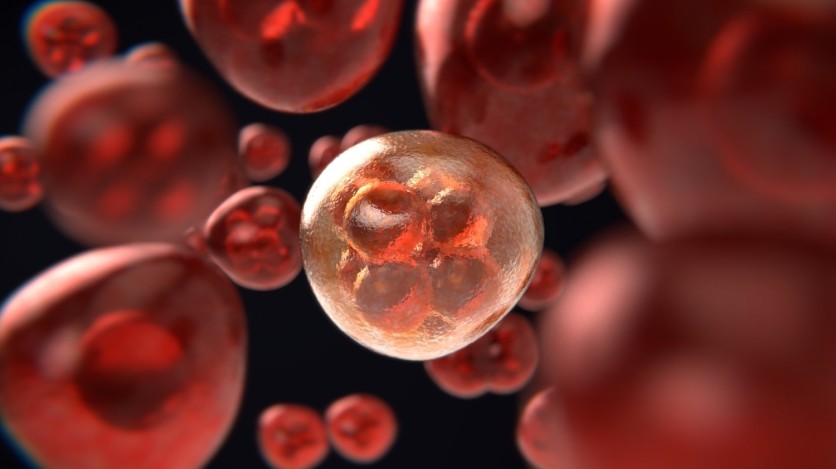Amid significant strides towards more effective cancer treatments, scientists have discovered a new class of compound that exhibits promising results in targeting cancer stem cells, which are hard to eradicate as they can self-renew, eventually resulting in tumor recurrence.

Compound Named Ru1 Targets Cancer Stem Cells
According to Medical Xpress, a collaboration between chemists at the Center for Research in Biological Chemistry and Molecular Materials (CiQUS) and cell biologists from the CSIC (Instituto de Investigaciones Biomédicas Sols-Morreale, IIBM CSIC-UAM, Madrid) has led to the discovery of the new compound called Ru1.
Ru1 reportedly targets cancer stem cells and lowers their potential to generate tumors.
Led by Professor JL Mascareñas at CiQUS and Dr. Bruno Sainz at CSIC, the research focuses on some molecules based on metal complexes that interact selectively with DNA.
The findings allowed the group to extensively study mice implanted with patients' tumors, demonstrating powerful antitumor effects in pancreatic, colorectal, and osteosarcoma tumors with minimal secondary toxicity.
The team is also conducting ongoing investigations and exploring the applicability of these compounds to other types of cancer. The findings shed light on Ru1's ability to inhibit the mitochondrial respiration function of cancer stem cells, which is crucial for their survival and evasion of the immune system.
This metabolic vulnerability proves to be a key factor, as the compound induces a reduction in the expression of genes necessary for mitochondrial respiration, consequently diminishing the cancerous potential of these cells.
Sainz's group also revealed that Ru1's efficacy extends to combined therapies with other antitumor agents, resulting in additive effects. The compound's versatility in targeting different types of cancer and its low toxicity further enhance its potential as a promising anti-cancer agent.
Read Also : Prostate Cancer Prevention: Study Reveals Significant Risk Reduction Through Fitness Improvement
Ru1's Potential for Cancer Treatment
The project has reached an advanced stage for transfer and preclinical valorization, signifying a promising step toward developing more targeted and effective cancer treatments.
The researchers express enthusiasm about Ru1 as a potent anti-cancer agent and a valuable molecular tool for exploring the role of oxidative phosphorylation (OXPHOS) in cancer stem cells.
The discovery of Ru1 and its demonstrated efficacy in inhibiting cancer stem cells' OXPHOS function opens up new avenues in the quest for enhanced cancer therapies.
The results offer hope for future developments that leverage the unique properties of this compound to address different cancer types and potentially revolutionize cancer treatment strategies.
"Overall, the coordination complex Ru1 represents not only an exciting new anti-cancer agent, but also a molecular tool to dissect the role of OXPHOS in CSCs," the researchers said.
"Results indicating that the compound is safe, non-toxic and highly effective in vivo are extremely exciting, and have allowed us to uncover unprecedented mechanistic possibilities to fight different cancer types based on targeting CSC OXPHOS," they added.
The study's findings were published in the Journal of Experimental & Clinical Cancer Research.
Related Article : Unlocking Bat Genes' Secrets: Study Reveals Insights on How This Mammal Don't Get COVID, Cancer

ⓒ 2025 TECHTIMES.com All rights reserved. Do not reproduce without permission.




